General description
Histones are proteins that form the nucleosome along with DNA. A nucleosome consists of core histone octamers made of two heterodimers of H2A and H2B along with two heterodimers of H3 and H4. This octamer is bound by the DNA and H1 protein. The HIST3H3 gene is mapped on the human chromosome at 1q42.13.
Specificity
Anti-methyl-Histone H3 [Me-Lys4] recognizes histone H3 methylated on Lys4.
Immunogen
synthetic methylated peptide corresponding to amino acid 1-8 (Me-Lys4) at the N-terminus of human histone H3, conjugated to KLH. The sequence is identical in many species.
Application
Anti-methyl-Histone H3 (Me-Lys4) antibody produced in rabbit detection of [Me-Lys4] histone H3 by immunoblotting, chromatin immunoprecipitation and immunoprecipitation.
Biochem/physiol Actions
Histone methylation like acetylation is a complex dynamic process involved in several processes including transcriptional regulation, chromatin condensation, mitosis, and heterochromatin assembly. Histones H3 and H4 are the predominant histones modified by methylation and are highly methylated in mammalian cells. Lysine residues can be mono-, di-, and trimethylated at different heterochromatic subdomains adding further complexity to the regulation of chromatin structure. Conserved lysine residues in the N- terminal tail domains of histone H3 (Lys4, Lys9, and Lys27) are the preferred sites of methylation. Histone H3 mono-, di-, and trimethylation at Lys4 and Lys9 are carried out both in vitro and in vivo by SET domain site-specific histone methyltransferases (HMTases), including Suv39h1, Suv39h2, and G9a. Di- and trimethylation of histone H3 at Lys4 in coding regions correlates with transcriptional activity of many genes. Dimethylation of Histone H3 at Lys4 occurs at both active and inactive euchromatic regions, but not in silent heterochromatic sites, whereas trimethylation at Lys4 is present exclusively at active genes.
Physical form
Solution in 0.01 M phosphate buffered saline, pH 7.4, containing 15 mM sodium azide.
Storage and Stability
For continuous use, store at 2-8 °C for up to one month. For extended storage, freeze in working aliquots. Repeated freezing and thawing, or storage in “frost-free†freezers,is not recommended. If slight turbidity occurs upon prolonged storage, clarify the solution by centrifugation before use. Working dilution samples should be discarded if not used within 12 hours.Sigma brand products are sold through Sigma-Aldrich, Inc.Sigma-Aldrich, Inc. warrants that its products conform to the information contained in this and other Sigma-Aldrich publications.Purchaser must determine the suitability of the product(s) for their particular use. Additional terms and conditions may apply. Please see reverse side of the invoice or packing slip.
Disclaimer
Unless otherwise stated in our catalog or other company documentation accompanying the product(s), our products are intended for research use only and are not to be used for any other purpose, which includes but is not limited to, unauthorized commercial uses, in vitro diagnostic uses, ex vivo or in vivo therapeutic uses or any type of consumption or application to humans or animals.
- UPC:
- 41181814
- Condition:
- New
- Availability:
- 3-5 Days
- Weight:
- 1.00 Ounces
- HazmatClass:
- No
- WeightUOM:
- LB
- MPN:
- M4819-200UL
- Product Size:
- 200/µL












